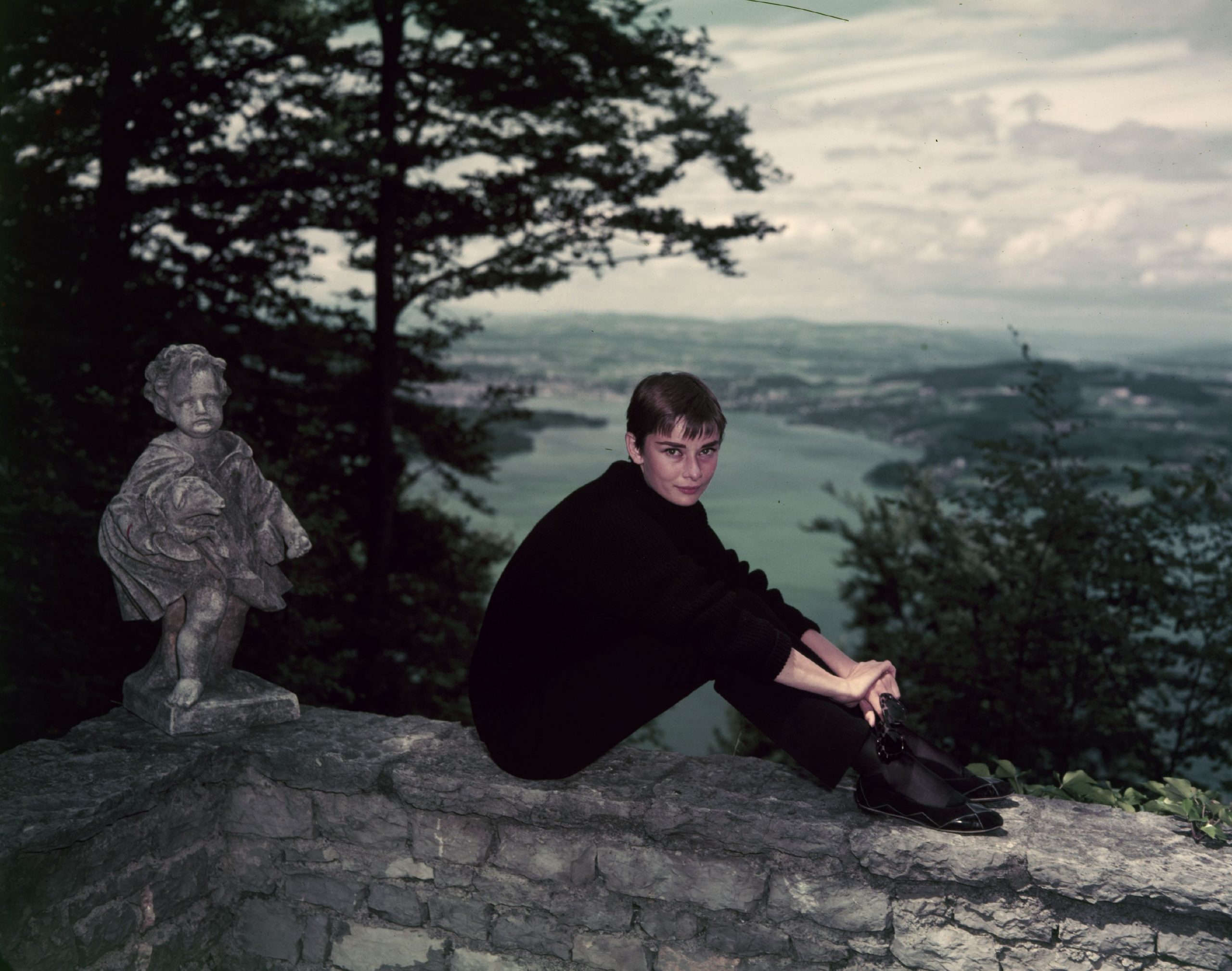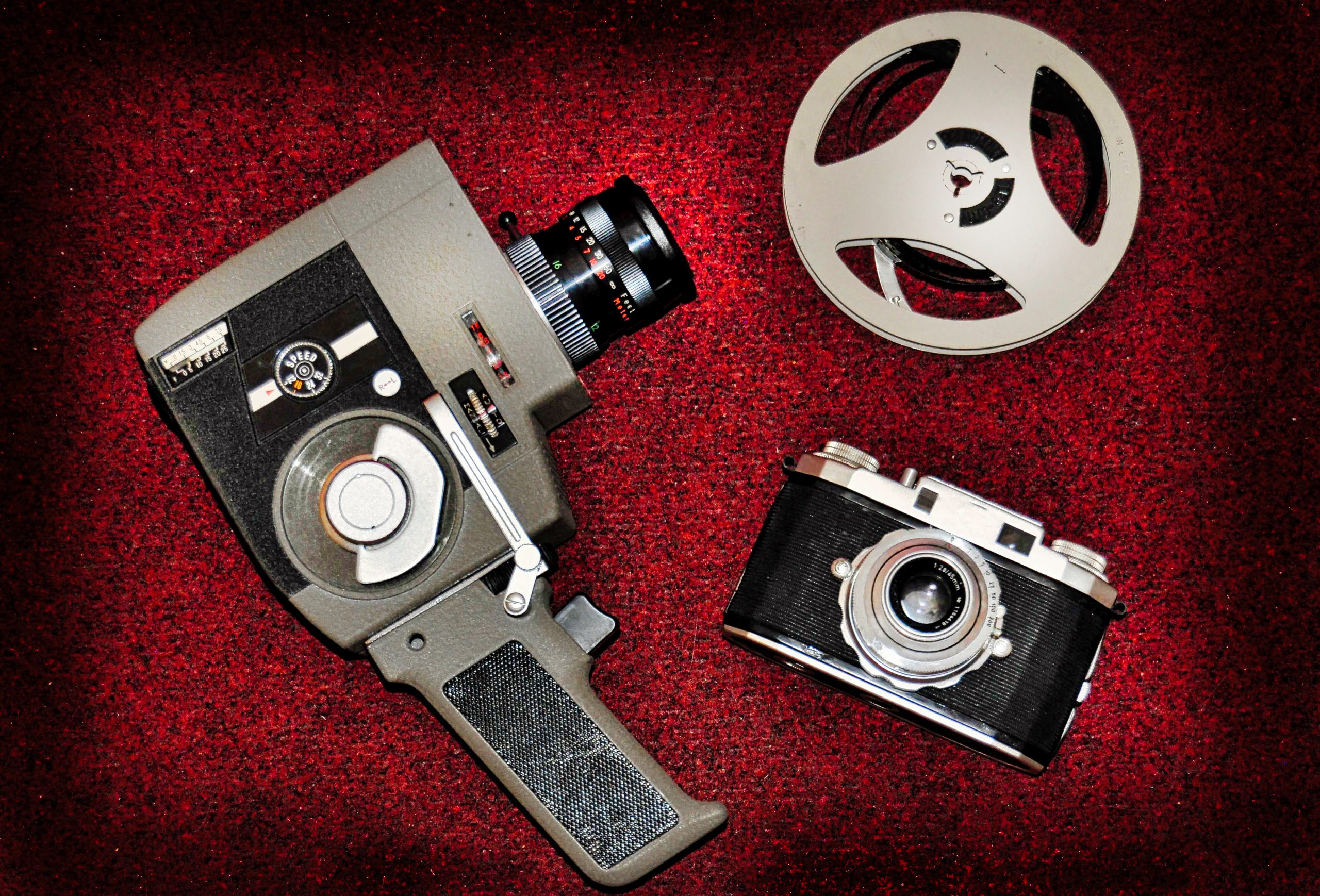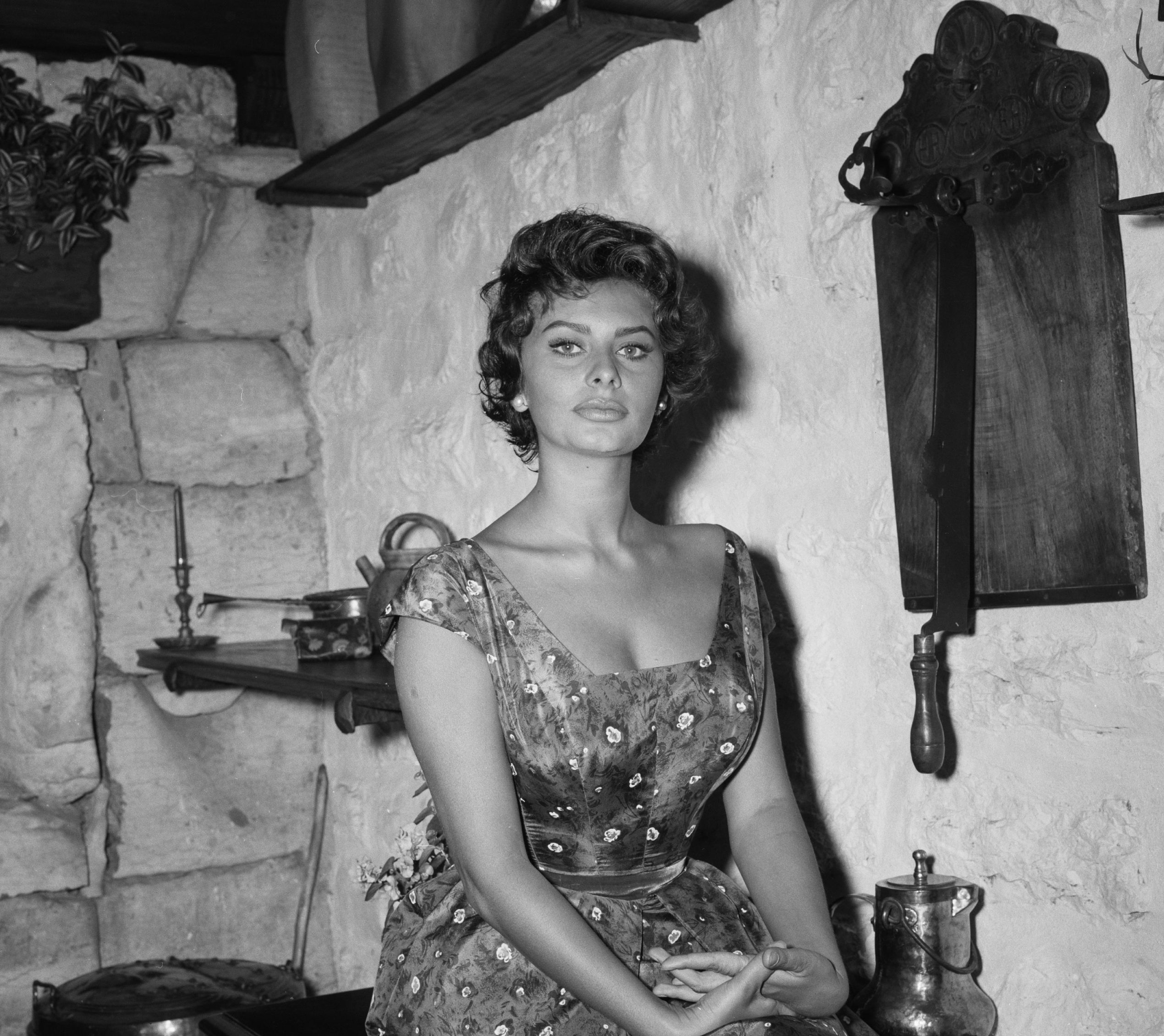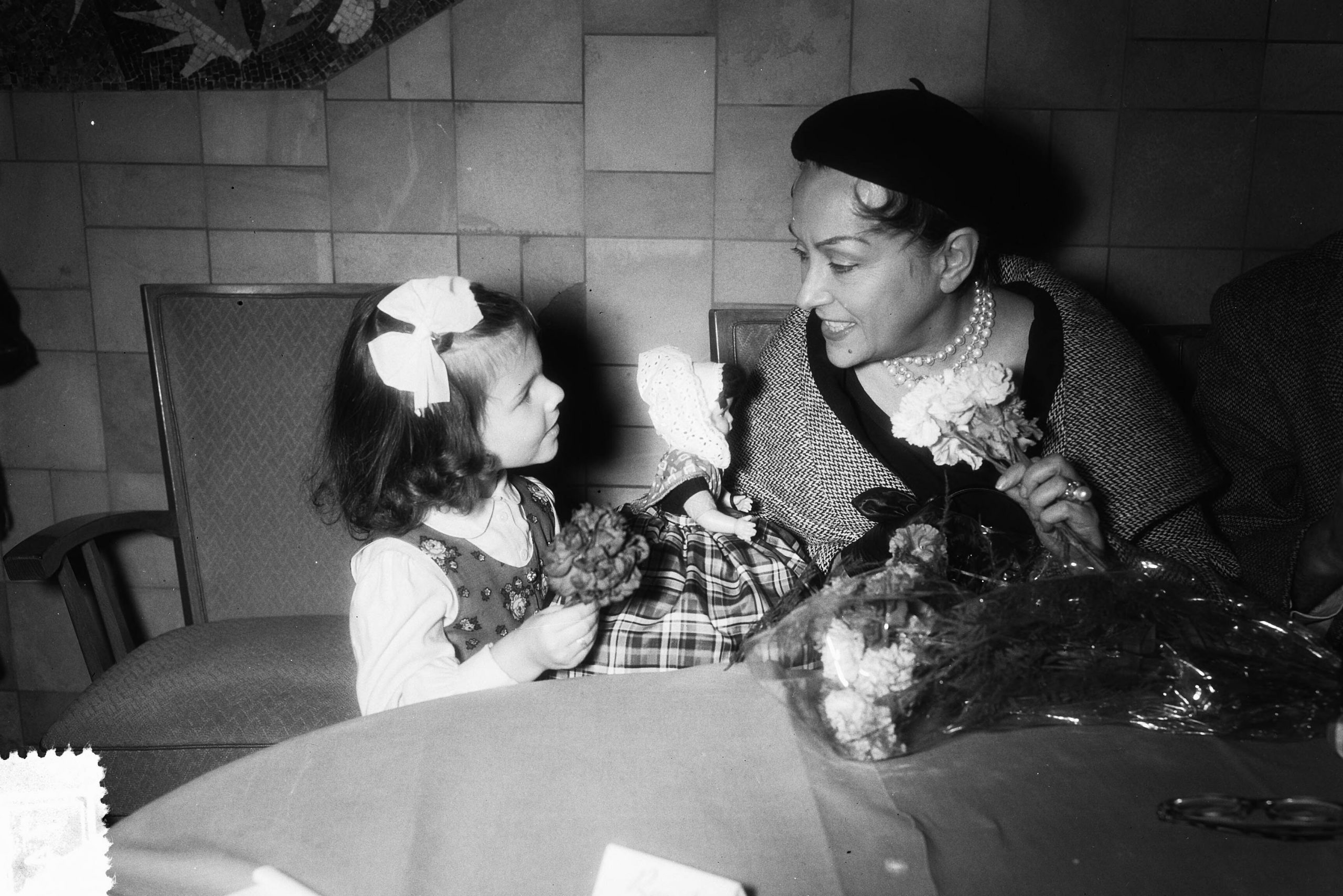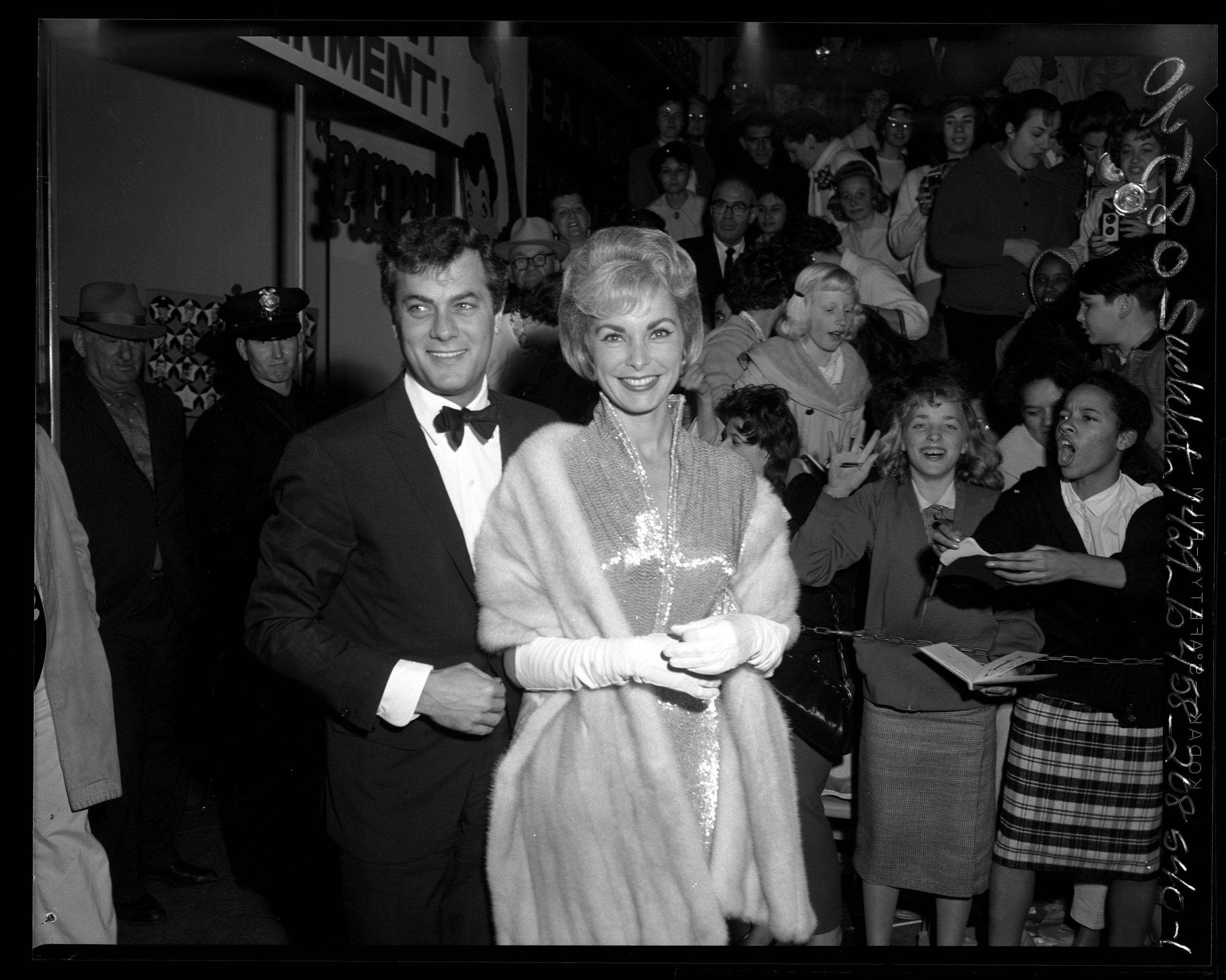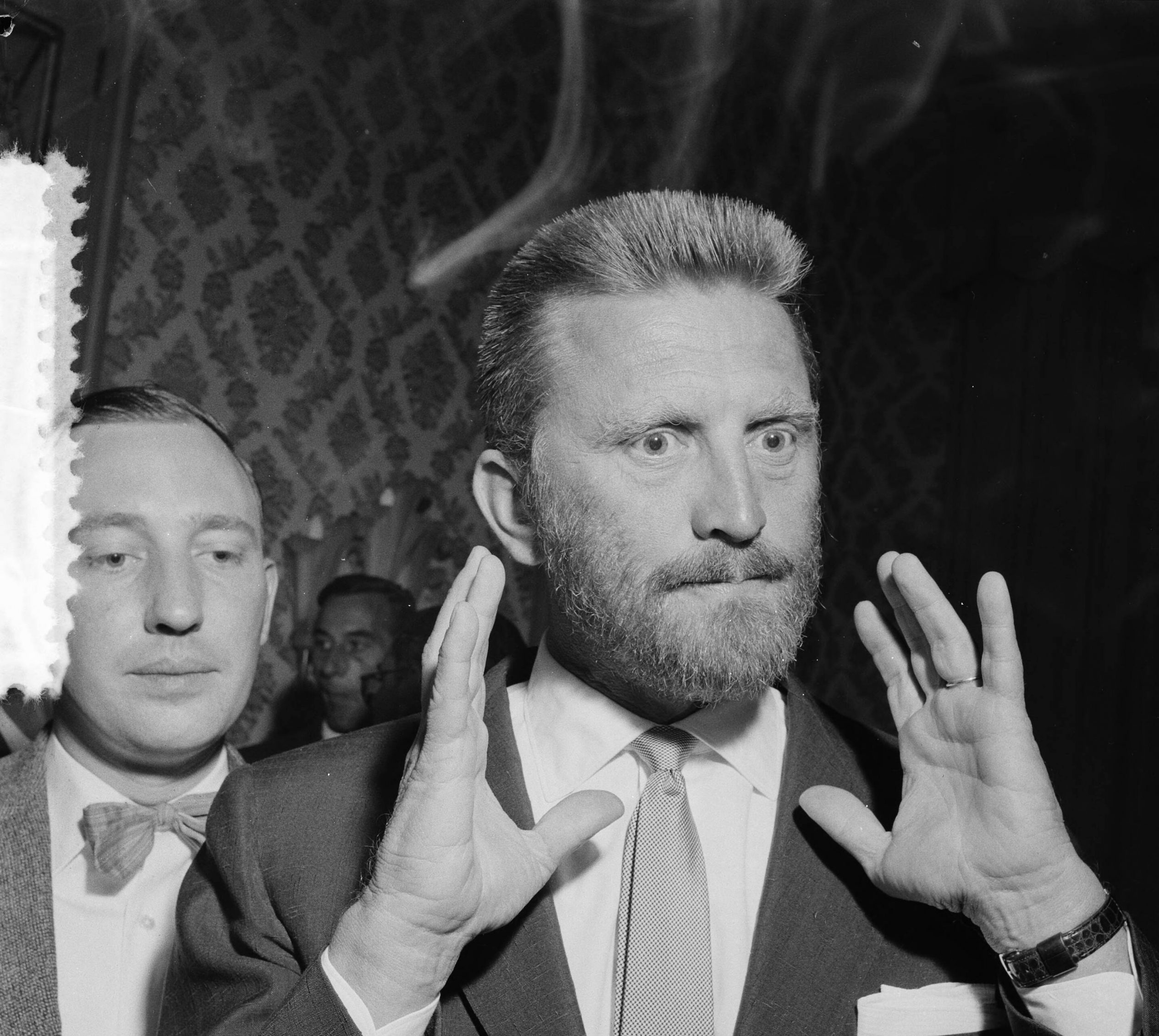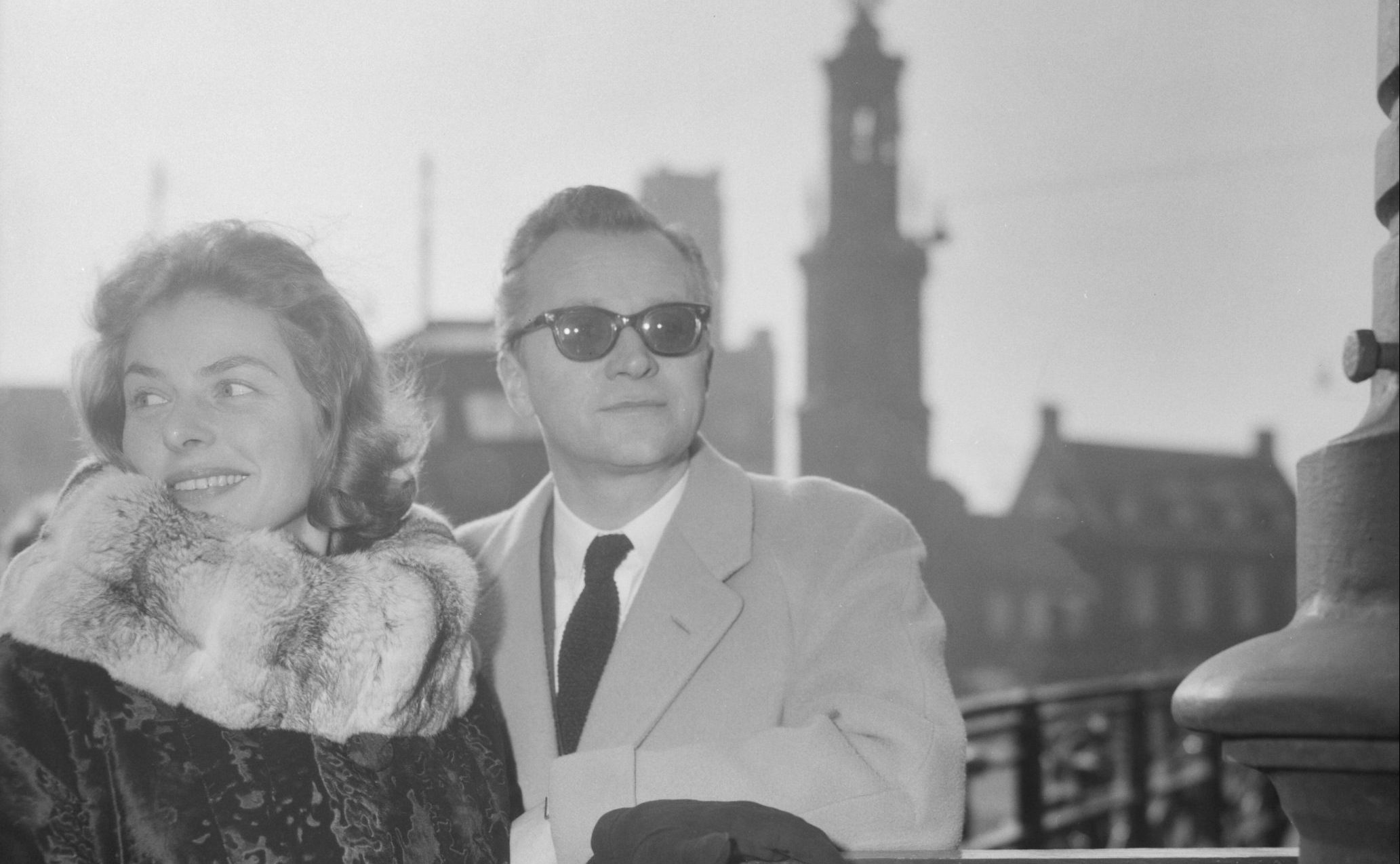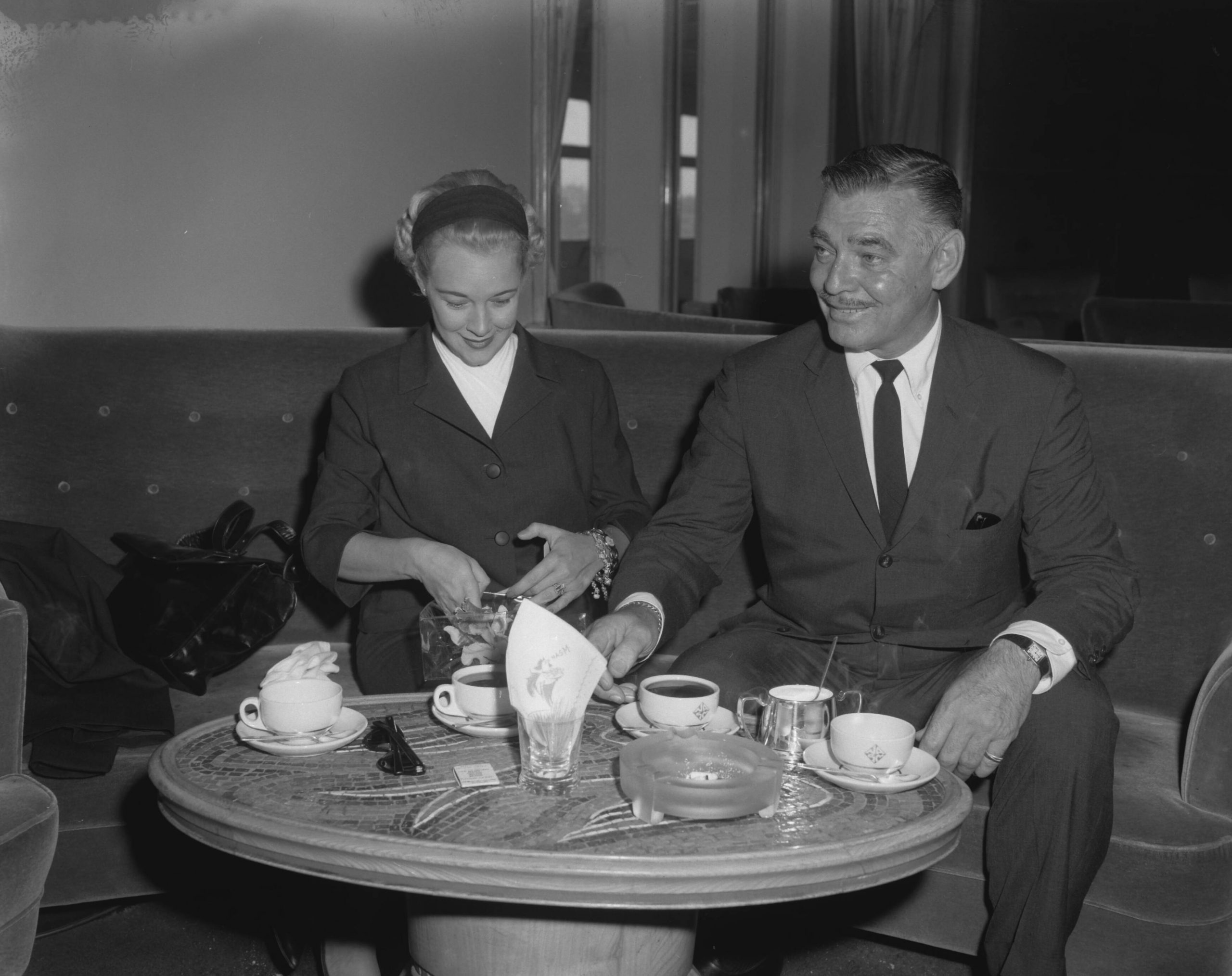He was once called the “King of Hollywood”: Clark Gable is without question one of the most famous stars of 20th century cinema. It is said that his first screen test at MGM Studios did not necessarily convince the producers – it was believed that Clark Gable’s ears were “too big” to become a movie star.
Clark Gable started acting in his early twenties: The actress Josephine Dillon (1884 – 1971) took the young Clark Gable under her wing, trained the young Gable in the various disciplines of acting and paid for his treatment by an orthodontist. Dillon became Clark Gable’s first wife a good two decades later.
Clark Gable’s mother died when he was just ten months old – his stepmother is said to have later played a major role in inspiring the young Gable for the arts. Gable also had a great fascination for car mechanics – it was not uncommon for him to repair cars together with his father.
Repairing cars was by no means Clark Gable’s only interest.
Beginnings as an actor
But repairing cars was by no means Clark Gable’s only interest: If one follows Chrystopher J. Spicer’s biography of Clark Gable, he is also believed to have harbored a fascination for Shakespeare at a young age and recited some of his sonnets in familiar surroundings.
How did it happen that an actor who came from the country and was the protégé of a veteran actress became the definition of American masculinity later in life? Clark Gable shaped the cinema of the time like no other – if a young actor was thinking of establishing himself as a leading man, he had to compete with Clark Gable at the time.
Without question, Josephine Dillon set herself the goal of turning Clark Gable into a sought-after actor: The two married in 1924 – it was a marriage against the conventions of the time, as Gable was 17 years younger than Dillon. Nevertheless, it was an important step for Clark Gable on his way to the top: he scored his first success as an actor in 1928 when he took on a leading role in the Broadway play Machinal. Before that, he had already played smaller roles in the silent films Ben-Hur: A Tale of the Christ (1925) and The Merry Widow (1925).
The ideal of “American masculinity”
Many actors’ careers at the time began on Broadway: Broadway theaters were regularly visited by impresarios looking for new talent for the movies. Although Clark Gable had already appeared in several silent films, MGM producers were unsure whether Clark Gable would be the right actor to carry MGM films as the male lead in the future: However, his role in the low-budgeted western The Painted Desert (1931) – also his sound film debut – proved MGM executives wrong: They recognized potential in the young Clark Gable, especially as a new generation of actors entered the field with the advent of the talkies. Many veteran silent film actors found it difficult to adapt to the sound film genre and disappeared into insignificance in droves – this meant that there were numerous new opportunities for young actors like Clark Gable. From then on, it became Clark Gable’s specialty to portray relatively aggressive types of men on the screen and thus present the audience with an ideal of “American masculinity”. Clark Gable himself was probably not the kind of man he usually portrayed on screen – at some point, Hollywood studios also realized that Clark Gable could not be portrayed as an unapproachable, deeply “masculine” stereotype forever…
Carole Lombard
In 1932, Clark Gable starred alongside Carole Lombard in the Paramount film No Man of Her Own (1932), in which the two played a married couple. At the time, hardly anyone could have guessed that this film was the beginning of a romance that would lead to marriage in 1939 – Clark Gable had just starred in Gone with the Wind (1939). The romance between Carole Lombard and Clark Gable was of great public interest and the Hollywood studios made a point of reporting on their relationship. Not only was Clark Gable the epitome of on-screen masculinity, but his name now appeared in numerous headlines and gossip columns alongside that of Carole Lombard. Perhaps their relationship was actually far more than “just” a publicity campaign by Hollywood studios?
In any case, after the two had only been married for a few years, January 16, 1942, when Carole Lombard, Gable’s wife, died in a plane crash, changed his life dramatically – although he had just had numerous acting successes, he initially retired completely from Hollywood in 1942 and joined the US armed forces. To this day, the couple Carole Lombard-Clark Gable is considered one of the Hollywood couples par excellence.

Picture credit: Fotograaf Noske, J.D. / Anefo, Nationaal Archief, CC0
San Francisco
Army service brought the media personality Clark Gable hugely positive headlines: After the war, Gable returned to his American homeland as a kind of hero and had no problems finding top-class work as an actor. Nevertheless, the peak of his acting career was in the 1930s – in films like Susan Lenox: Her Fall and Rise (1931) and screwball comedies such as It Happened One Night (1934), Clark Gable immortalized himself alongside legends the likes of Greta Garbo, Claudette Colbert and Spencer Tracy (San Francisco, 1936). The film San Francisco, which retells the story of the great San Francisco earthquake of 1906, is still considered one of Clark Gable’s best acting performances.
(Suddenly) Misfit?
In the forties and fifties, Clark Gable made several more films that also attracted large audiences to the cinemas, but hardly any of Gable’s films from these decades enjoy the status of classics today: one of his most famous performances in the fifties was in Mogambo (1953) alongside Grace Kelly and Ava Gardner.
Clark Gable’s very last appearance on the big screen is also considered by many film connoisseurs to be the best performance of his life: John Huston’s The Misfits (1961) was not only Gable’s last film, it was also the last film of acting legend Marilyn Monroe. In the film, Gable plays an old-school cowboy who has no place in the modern world – at least that’s how society treats him.
After the Second World War, Clark Gable represented a contrast to the new types of actors who dominated the “market”: Method acting was just enjoying its peak with representatives such as Marlon Brando. The actors who dominated the field in Hollywood’s “golden age” were appearing less and less frequently – one could say that Clark Gable himself was suddenly „misfit” as an actor.
Nevertheless, Clark Gable still enjoys a reputation as the “King of Hollywood” to this day – there is no question that Gable defined American masculinity to a certain extent with his screen appearances and thus had a decisive influence on the history of American film.
Cover picture: Clark Gable in 1959 with his wife Kay Williams Gable in the Netherlands
Picture credit: Fotograaf Behrens, Herbert / Anefo, Nationaal Archief, CC0
Main source: The article on Clark Gable in the Encyclopedia Britannica.

 Deutsch
Deutsch